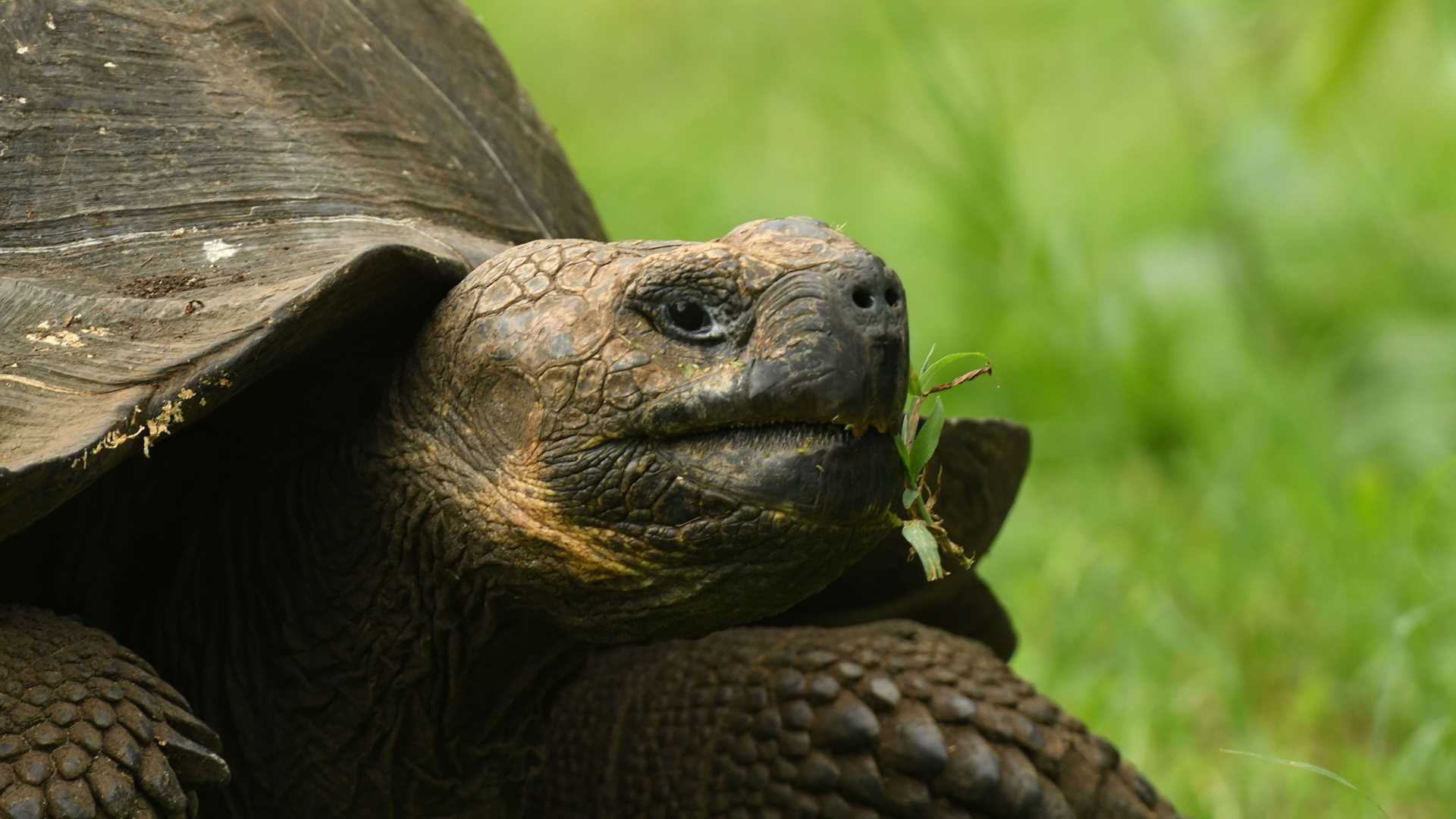We started our day with a beautiful sunrise and a stretching session with our wellness specialist, followed by a very nutritious breakfast prepared by our wonderful team of cooks. Today was an exciting day as we went to visit a very different ecosystem that our guests had not seen or experienced before. We explored the humid highlands in Santa Cruz Island, the most central island in the archipelago and the island with the largest human population. After disembarkation, our Zodiacs took us to the Itabaca Channel, a very narrow and shallow area that divides Santa Cruz from Baltra Island. Several buses were waiting for us so we could start our morning adventure. The ride was not long, only about 40 minutes, and it flew by as we enjoyed the scenery of the diverse vegetation zones of the island. After arriving at the ranch and putting on our rubber boots, we were ready to find those giants, the Galapagos giant tortoises. The naturalists shared their ample knowledge about these ancient and iconic animals. Then we enjoyed a delicious lunch prepared by our cooks and the Manzanillo Ranch team. After a relaxing time, we boarded buses to return to our wonderful floating hotel. We enjoyed a naturalist’s presentation on the oceanography of the Galapagos Islands. Our day was not over yet; it was now time to explore the pristine white sandy beach of Bachas, located in the north of Santa Cruz. Our guests enjoyed the soft sand, warm sun, and lots of wildlife sightings, including some Galapagos flamingos. After relaxing and bathing in the sea, we came back to National Geographic Endeavour II and listened to our recap session and a briefing for the next day’s activities. What a day!
Call +1.800.397.3348 or contact your travel advisor







